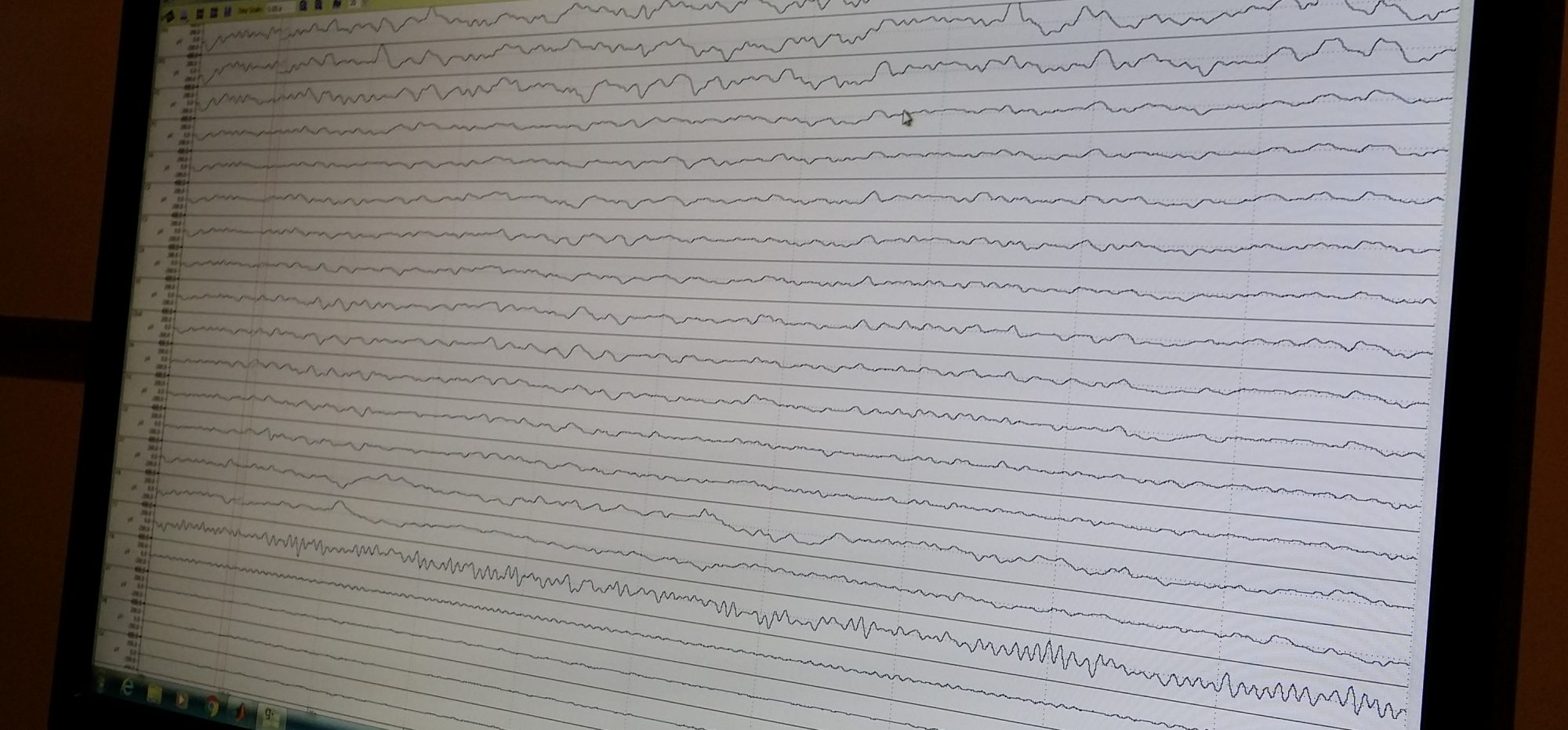The Augmented Cognition Lab is a research group, gathered around a lab facility at Aalborg University Copenhagen, dedicated to the study of perception, cognition, affective states and aesthetic experience in relation to multimodal media and cognitive technologies (including immersive and representational interactive displays, music communication, and multimodal digital applications). The lab is well equipped technologically and methodologically to investigate such processes when experiencing and interacting with complex stimuli and narrative content. The lab is directed by associate professors Luis Emilio Bruni and Sofia Dahl.
Through interdisciplinary research the Augmented Cognition Lab intends to:
- Monitor user experience by developing rigorous methodologies to improve the integration of first-person assessments of subjective experience with third person observational and bio-behavioral data obtained by a variety of methods.
- Integrate psychophysiological and augmented cognition techniques, BCI and sensor technology with immersive-interactive applications as interfacing or monitoring devices.
- Prospect and promote sustainable and novel applications of digital cognitive technologies in education, health, art, culture, ecology and particularly assistive technologies for people with disabilities or special needs.
- Study and assess the cognitive limits, the effects and the cultural implications of technological acceleration in digital culture with focus on sustainability.
Research areas have included:
- Affect and emotional responses to multimodal media (e.g. aesthetical judgements and emotional responses to music or visual art; assessing surprise and suspense with EEG).
- Psychophysiology and media cognition (e.g. evoked brain potentials in interaction with an audio-visual game; monitoring heart rate in interaction with immersive environments)
- Sustainable and socially responsible cognitive technologies in education, culture, and assistive systems (e.g. interactive narrative for audiologist-children relations; eye-tracking patterns of students learning programming; cognitive load and attention in relation to digital media).
- Embodied cognition (e.g. body movement and psychophysiological responses to musical rhythm).
- Integration of biophysiological measurements with qualitative subjective methods (e.g. integration of EEG and eye-tracking with ethnographic approaches in art perception).
